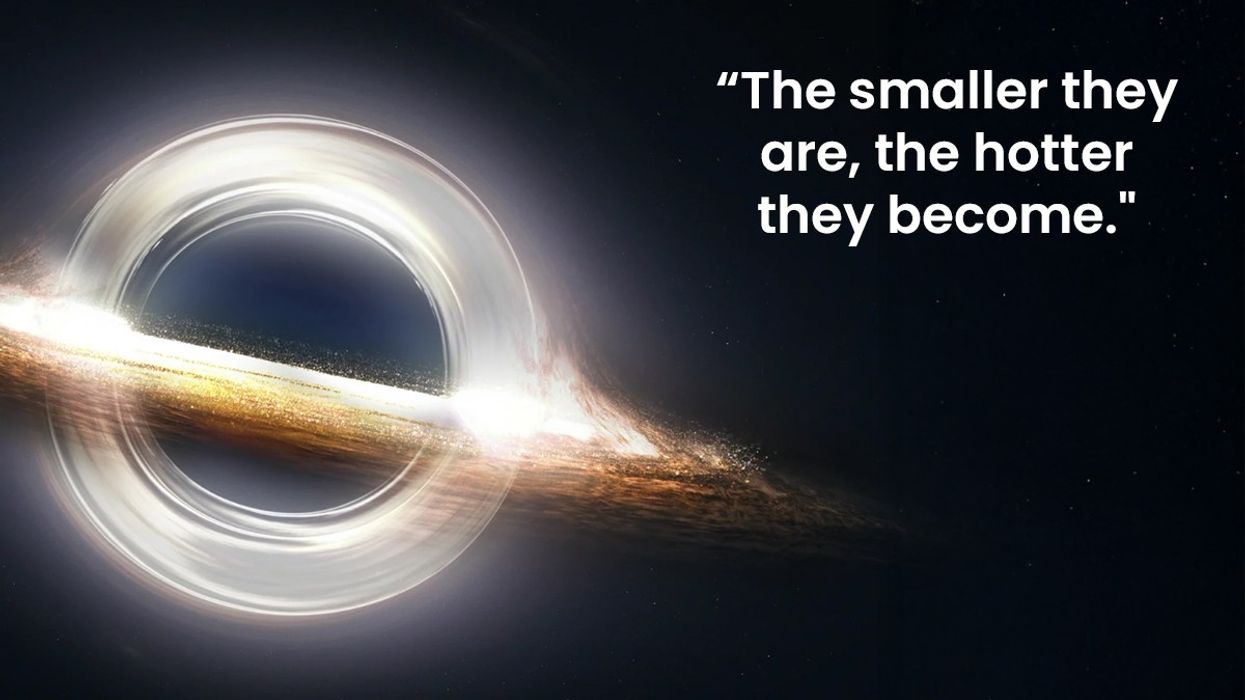Dannion Brinkley has been clinically dead three times, but each experience gave him the same stunning insight — love, intent, and service are what really matter. His story invites us to see death not as an end, but a profound transformation.
Most people don't come back after death. Dannion Brinkley has done it three times — and what he brought back has changed lives.
In 1975, Brinkley was talking on the phone during a thunderstorm when a bolt of lightning struck his home. The blast launched him across the room and stopped his heart. As his lifeless body lay on the floor, Brinkley described floating above himself, fully conscious and watching everything unfold with unexplainable clarity.
What he saw while “dead” changed everything
Speaking with the Next Level Soul podcast, Brinkley described moving through a tunnel of spiraling light and meeting radiant beings who guided him through a “panoramic life review.” He didn’t just watch his life play back — he felt how every action impacted others.
"It is your intent that matters, not what you do, but why you’re doing it."
— Dannion Brinkley
He emerged from that experience with a radical shift in values: love, kindness, and intent weren’t optional — they were essential truths of existence.
Love is the currency
Brinkley now believes that death isn’t the end — it's a doorway into something larger. “Consciousness expands,” he says. “It doesn't stop.”
What truly matters, according to him, is love. Not grand gestures, but the small, daily acts of kindness that ripple out in unseen ways. “Love is the currency,” he explained. “It’s stored in the fabric of existence.”
"Love is the currency."
— Dannion Brinkley
He died three times — and kept seeing the same thing
Brinkley's clinical deaths came in 1975 (lightning strike), 1989 (open heart surgery), and 1997 (brain surgery). Each time, doctors confirmed he was gone. And each time, Brinkley saw the same tunnel, the same beings, and felt the same overwhelming presence of love and connection.
"Every act of love, no matter how small, contributes to a richer soul."
— Dannion Brinkley
He’s spent 34,000 hours by the dying
Since his experiences, Brinkley has spent over 42 years volunteering in hospice care, sitting beside more than 2,000 people in their final moments. He’s logged more than 34,000 hours comforting the dying — helping them transition with peace, not fear.
His motto? “Try to be happy, and try to be useful.” He doesn’t see joy as separate from service — they’re intimately connected.
Fear is a wall — but it’s not real
Another message Brinkley returned with is about fear. He calls it a “self-made wall” that keeps us small. In his near-death moments, that wall vanished, and what remained was freedom, courage, and deep connection.
“When you let go of fear, you start really living,” he urges. Letting go doesn’t mean recklessness — it means stepping into your purpose without hesitation.
⚡️ SHOCKING ⚡️
This man died 3 times:
• Lightning strike in 1975
• Open heart surgery in 1989
• Brain surgery in 1997
Doctors confirmed every death.
But, each time he saw the "SAME" thing.
What he revealed about "DEATH" will change how you see consciousness forever: pic.twitter.com/DNmHCfavgZ
— Darshak Rana ⚡️ (@thedarshakrana) December 10, 2024
A quiet challenge to live more fully
Dannion Brinkley’s story isn’t just about what happens after death. It’s a wake-up call for how we live now. What if fear is the only thing holding us back? What if kindness is the most powerful thing we can offer?
His message is as clear as it is hopeful: We are here to grow, to learn, and above all, to love.
“How great would it be if the world could be a little more like Dannion Brinkley?” someone once asked. Maybe the better question is — what’s stopping us?
1975: A lightning bolt struck his telephone while he was on a call.
The shock threw Dannion across the room.
His heart stopped.
When paramedics arrived, he was clinically dead.
But he returned—with memories of something extraordinary.
And this was just the beginning. pic.twitter.com/5rZuBbnQsI
— Darshak Rana ⚡️ (@thedarshakrana) December 10, 2024
Want to hear it in his own words?
You can hear more of Brinkley’s story in this conversation with the Xpnsion Network — a deeply personal, no-holds-barred look at death, love, and what really matters.
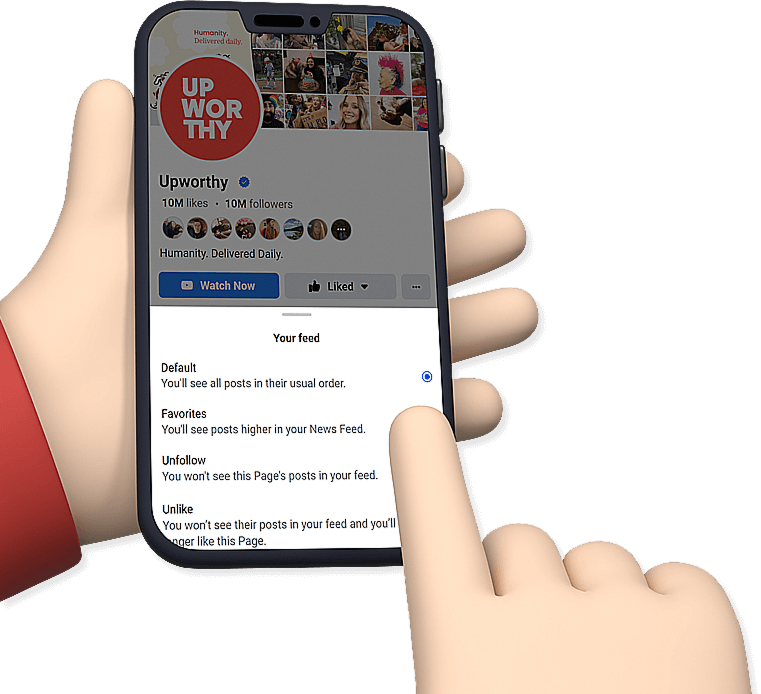




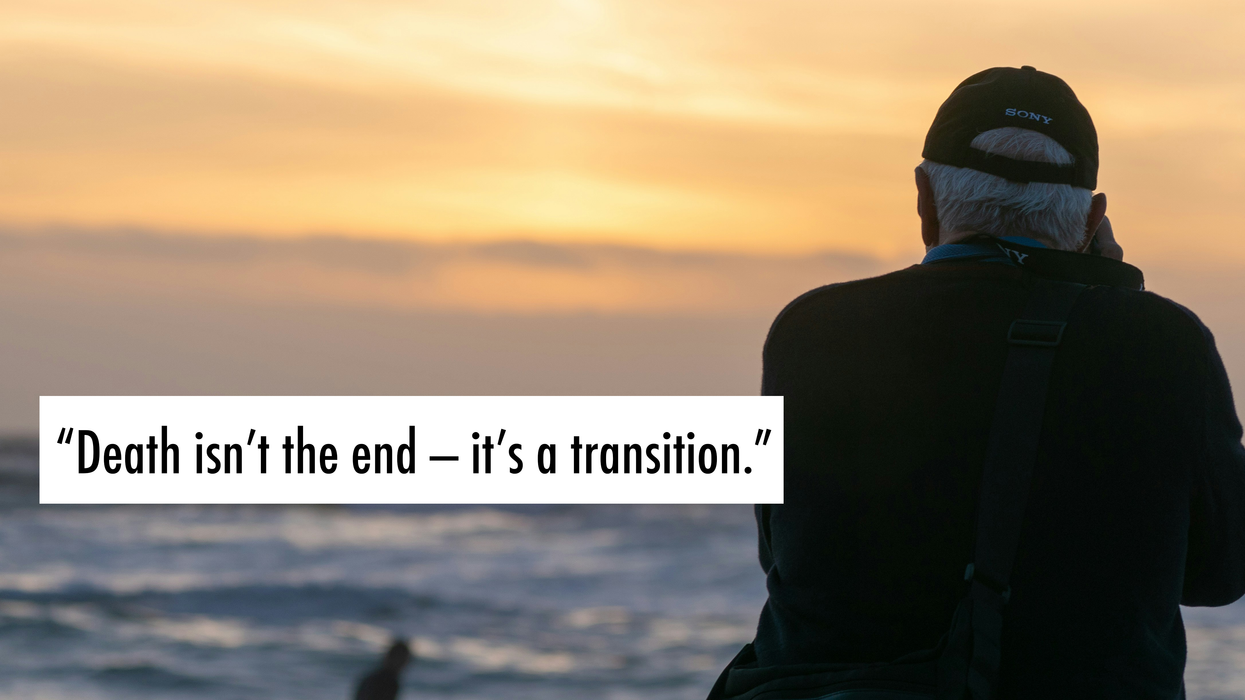

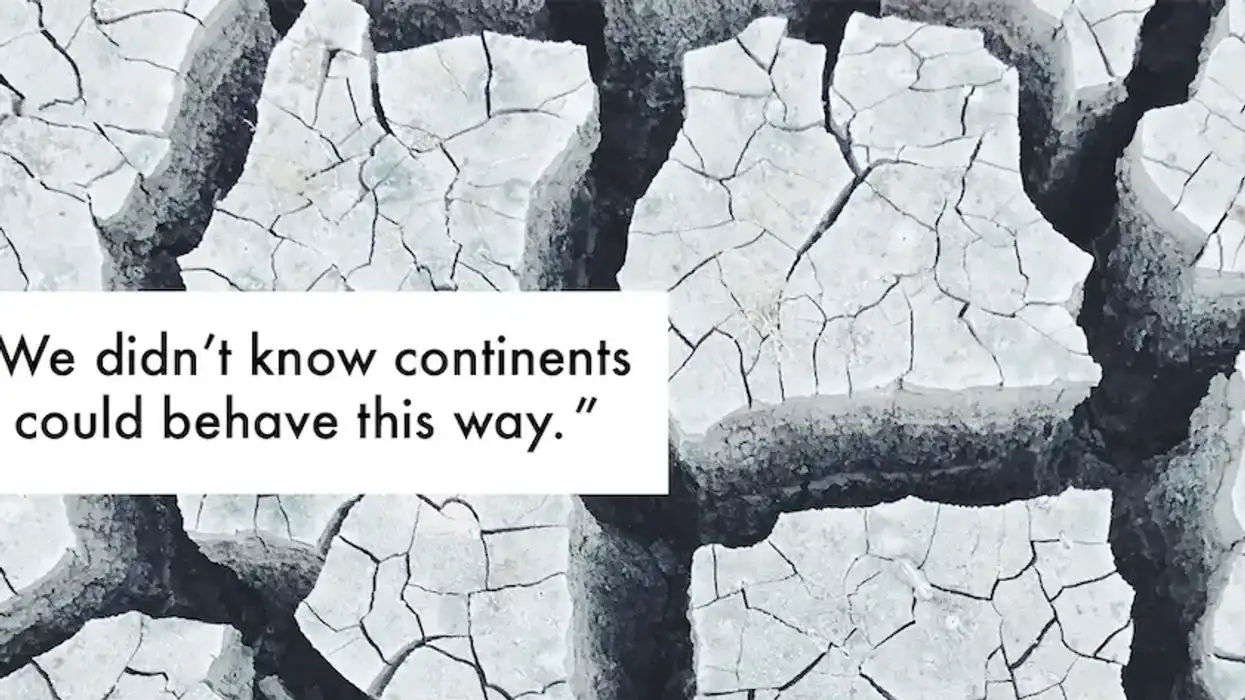


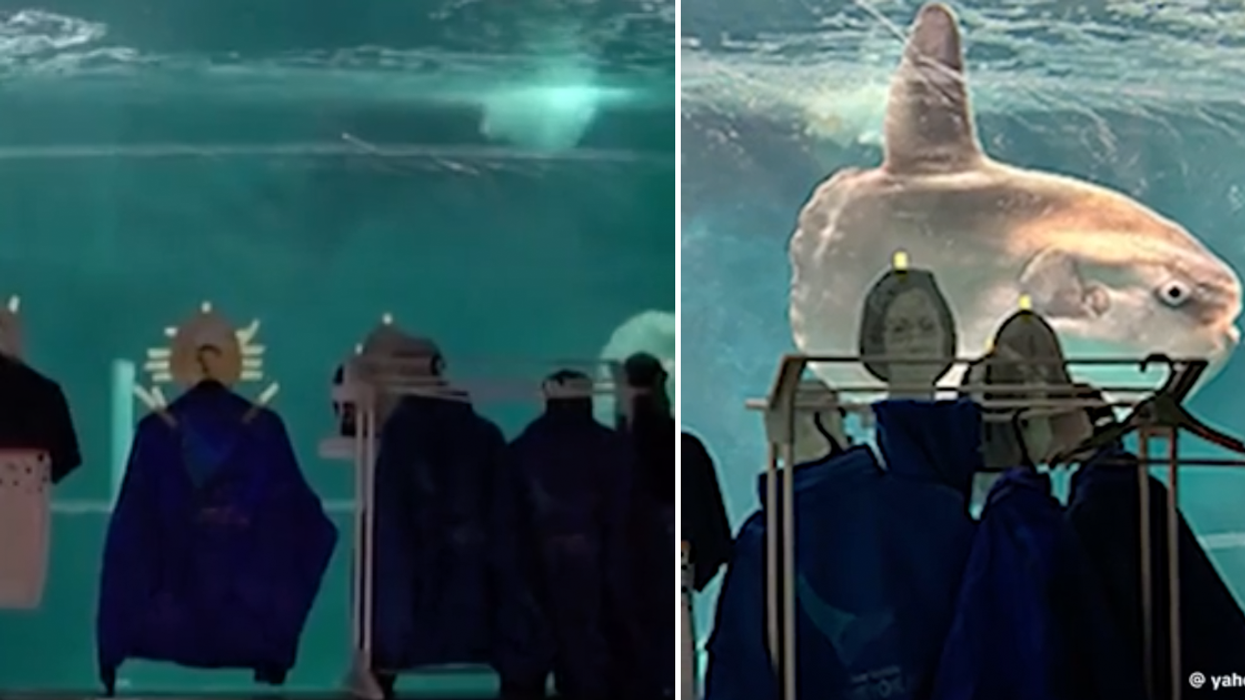
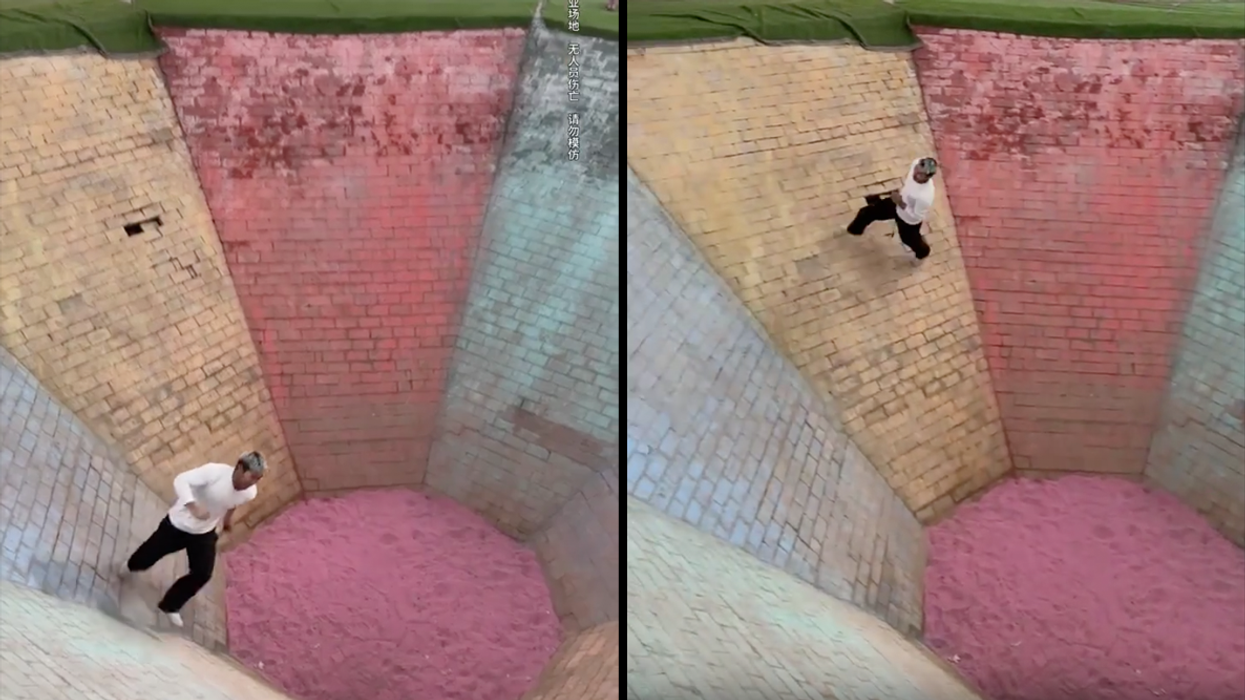
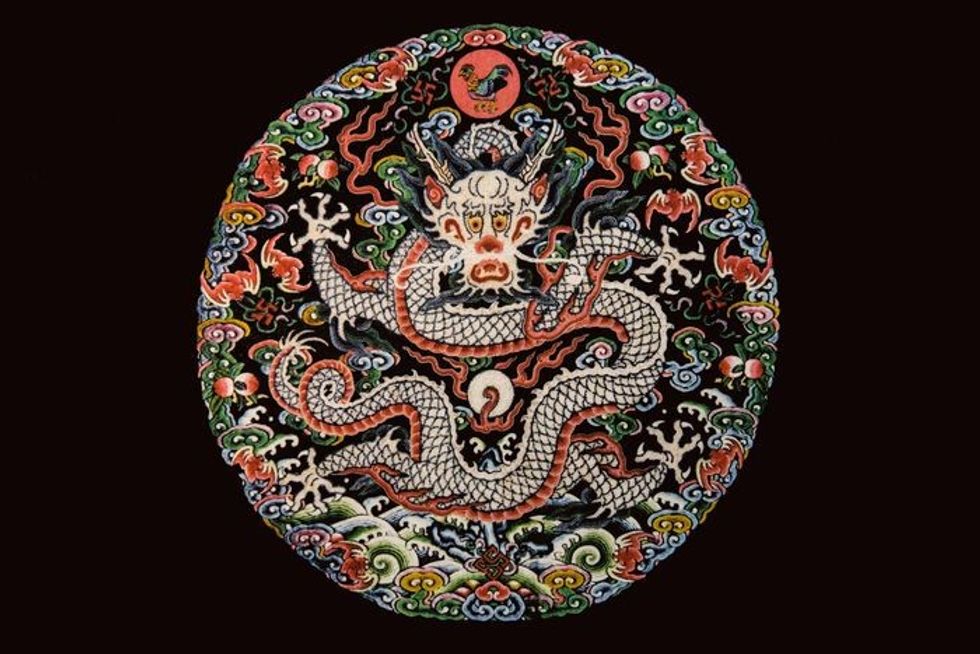 This represents the key to the perfect flow statePhoto by
This represents the key to the perfect flow statePhoto by 


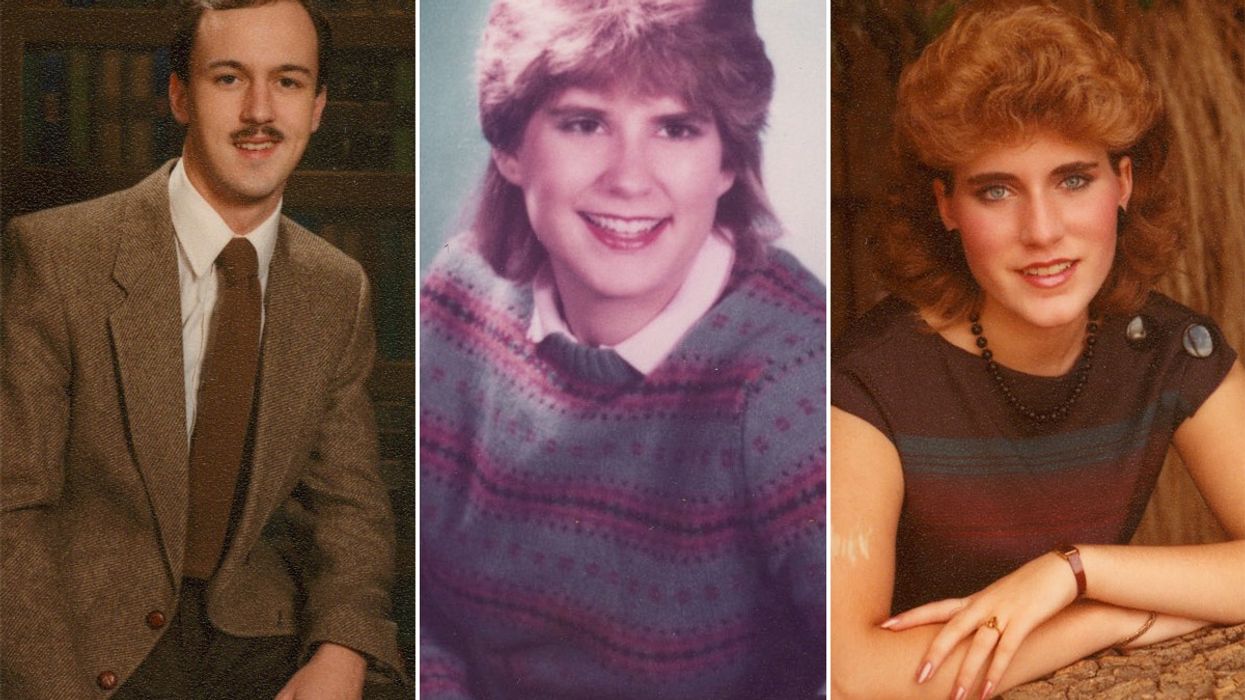

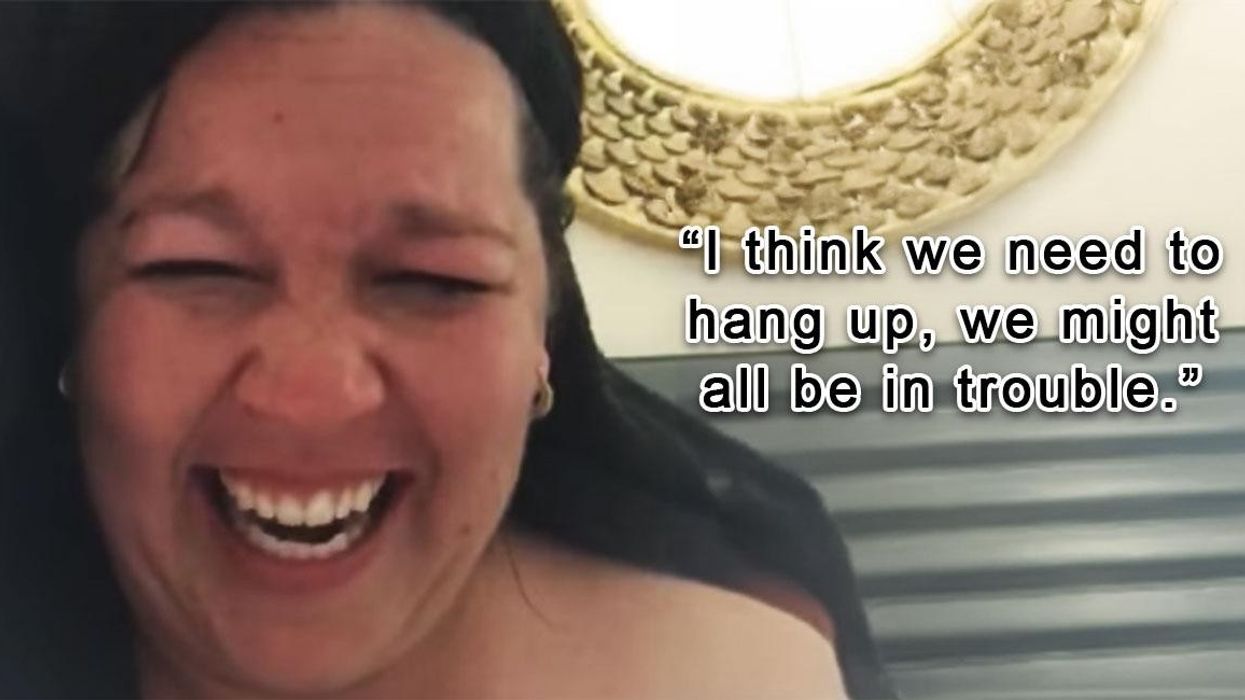

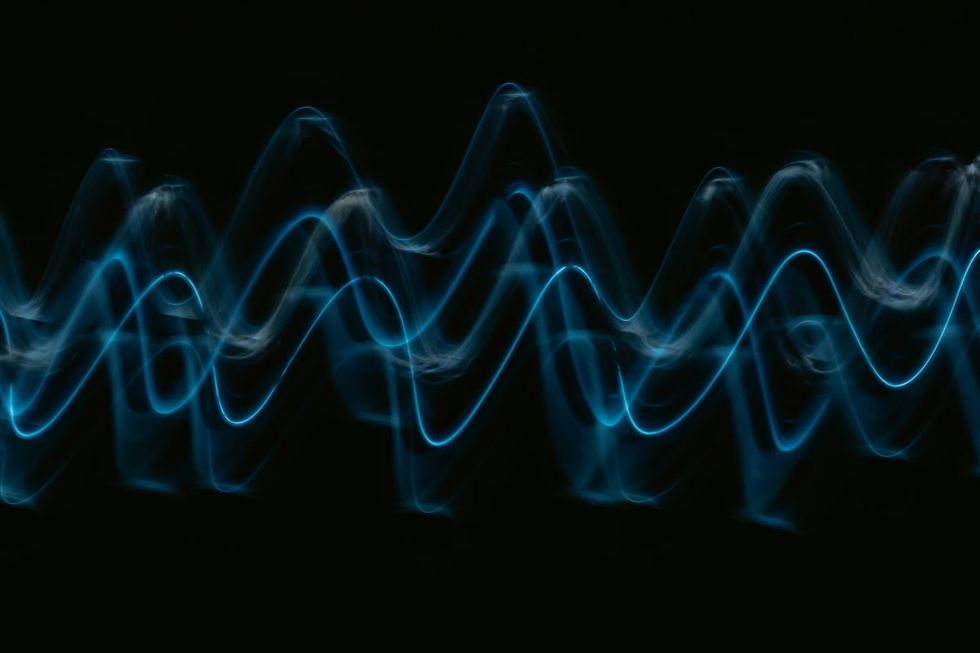 Representative Image Source: Unsplash | Pawel Czerwinski
Representative Image Source: Unsplash | Pawel Czerwinski 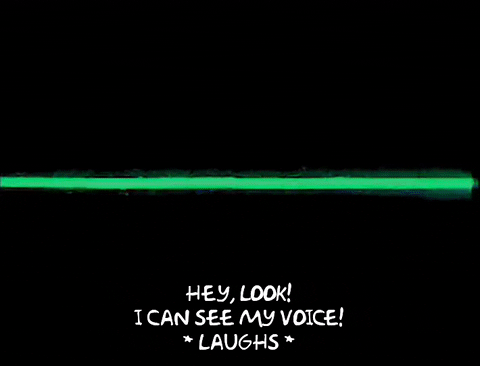
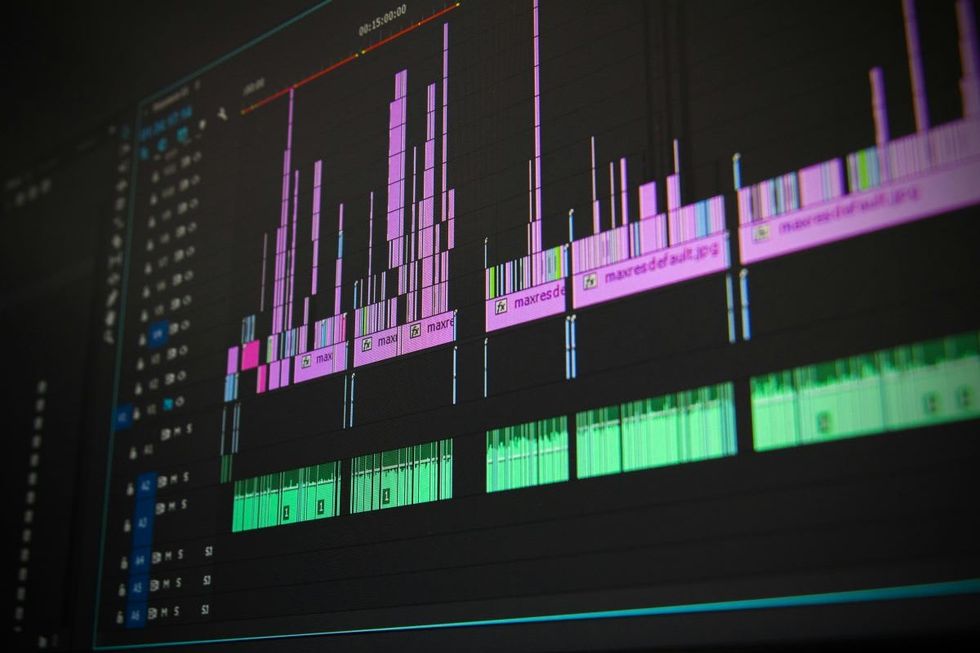 Representative Image Source: Pexels | Pixabay
Representative Image Source: Pexels | Pixabay 






